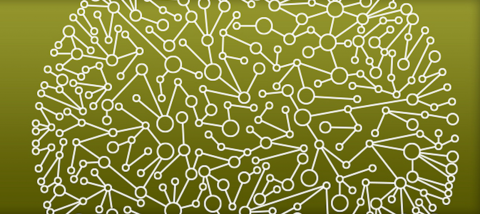Journal Article
Nature Communications, vol. 11, iss. 1, 2020
Authors
Hans C. Leier, Jules B. Weinstein, Jennifer E. Kyle, Joon-Yong Lee, Lisa M. Bramer, Kelly G. Stratton, Douglas Kempthorne, Aaron R. Navratil, Endale G. Tafesse, Thorsten Hornemann, William B. Messer, Edward A. Dennis, Thomas O. Metz, Eric Barklis, Fikadu G. Tafesse
Abstract
Projects (1)
Last updated on 2024-02-11T22:41:43+00:00 by LN Anderson PNNL DataHub NIAID Program Project: Modeling Host Responses to Understand Severe Human Virus Infections, Multi-Omic Viral Dataset Catalog Collection Background The National Institute of Allergy and Infectious Diseases (NIAID) "Modeling Host...
Category
Datasets
45
English

